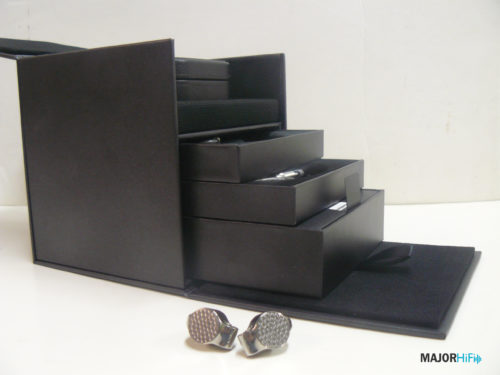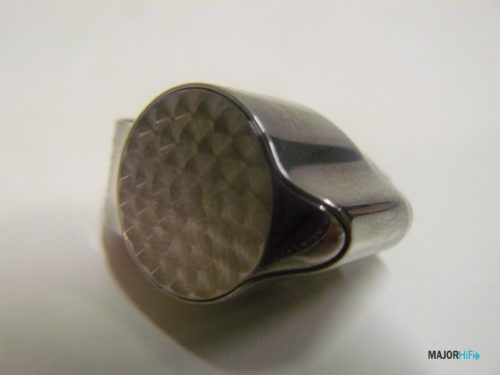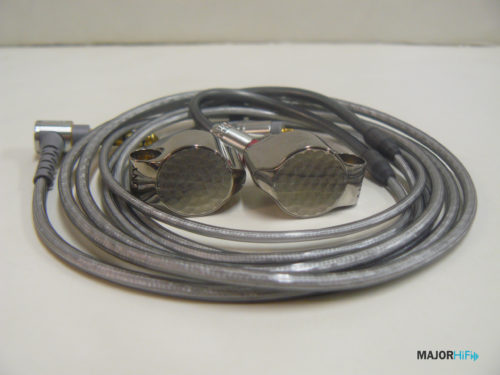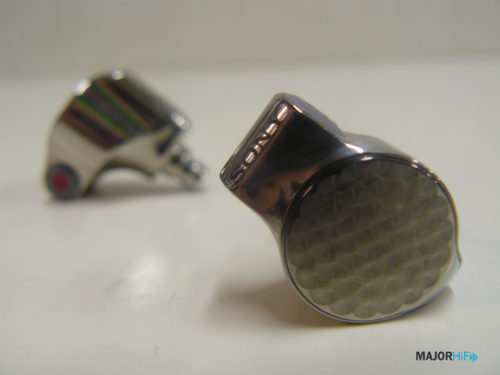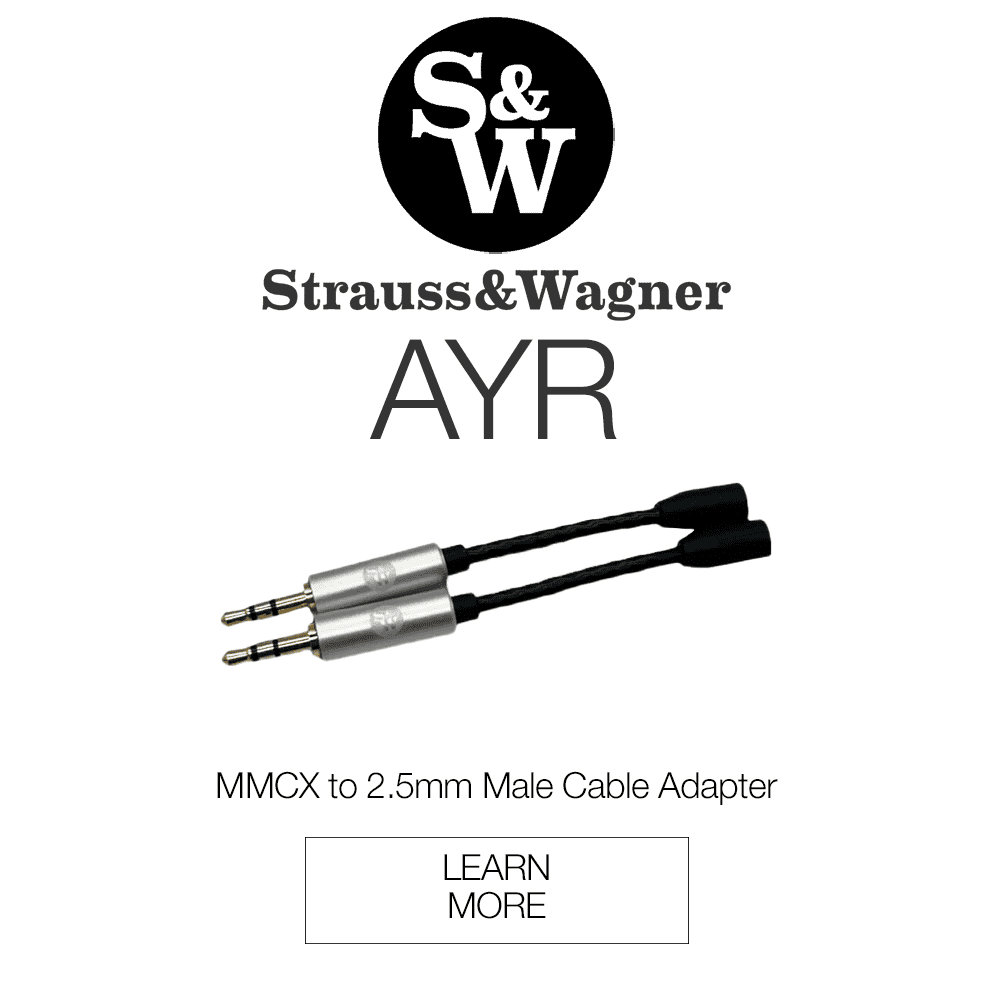Those in the audio world who only know Sony for their popular wireless products may not know they’re highly regarded in the IEM market. One of their most notorious models is the IER Z1R, a $1,999 pair of earphones that are one of the most prestigious selections that might be in your realm of endgame IEMs. I’ve finally gotten the chance to hear how they sound for myself and see whether or not they’re worth the hype.
What You Get
- Clip
- Carrying Case
- Cleaning Cloth
- Cable holder
- Headphone cable (approx. 47 1/4″ [1.2 m])/balanced-connection headphone cable (approx. 47 1/4″ [1.2 m])
- Hybrid earbuds (SS/S/MS/M/ML/L/LL), triple comfort earbuds (SS/S/MS/M/ML/L)
Look and Feel
The IER Z1R doesn’t look like any other IEM on the market, with its wide circular aluminum housing and significant weight. Their faceplates give you a jewel-like design that gives off a high-end feel that asserts a level of unparalleled value. Where the IER isn’t as lavish though is its level of comfortability. In its initial insertion, the IER can feel very unnatural, like it’s not supposed to be in your ear at all. Even when trying different ear tip sizes, the IER just feels like a bulky piece of metal that takes a while to adjust to. Once you find its sweet spot, the IER offers good support, but it is not a feeling that will disappear the longer you listen to it.
Design
This is a hybrid driver system that combines two 12mm dynamic drivers and a single balanced armature. The two dynamic units are in charge of supplying the bass and midrange frequencies, while the balanced armature delivers the highs. Signal flow is also supported by an acoustical chamber with a tube structure that aims to give the sound more density.
Soundstage
IEMs in this price range have a similarly wide soundstage with clear positioning and articulate response to pan movements. Not a lot of them come close to the scale that the IER is able to communicate. The imaging displays its sound elements with a large definition, making each track appear full and lifelike. Its accuracy is top-notch while giving you an immersive sense of depth with how it stacks the frequency response evenly throughout the sound field.
The imaging has height but the IER doesn’t exaggerate or become airy. It keeps instruments and effects in an easily identifiable space while keeping the image solidified in order to preserve its grandeur. Its ability to spatially resonate gives the IER a strong sense of dimension, with vocals sounding like they’re being performed in front of you rather than from within you. This is especially effective when switching to the 4.4mm cable, as it not only provided a much more powerful image but also expanded the separation forming a more spherical expanse of potential immersion.
Low End
Many audiophiles who seek some of the best IEM bass responses look to the IER for a reason. That’s because it’s one of the most enjoyable and textured low-end timbres around. You’ll get so much meat from the bass immediately. It was the first characteristic of the IEM that stood out to me, and I’m sure will stick out for many other listeners as well. A deep rumbling can pulsate from the sub-bass and can climb up your throat with buttery smooth vibration. It makes a great sweetener for heavy bass impacts and effects, further adding to the IER’s engrossing presence. The mid-bass also provides a good hefty punch with a considerable drive, making continuous synth beats especially exhilarating.
Mids
The IER performs less effectively in its midrange, minimizing the exciting factor for a duller tonality in comparison to the lively low-end. There’s little recession and even some nice detail and clarity, but the mids only act as a crutch here to make room for the more emphasized parts of the frequency response. It is well balanced, but most of the time it feels like some of the instrumentation are taking a backseat in order to let the other textures take a more prominent role within the sound signature. That’s not counting vocals though, as the IER produces clear performances with the proper accentuation that I was expecting the rest of the frequency bands to have.
Highs
You get some nice accuracy and detail in then IER’s treble, and the height it gives to the imaging is definitely one of the highlights of this area. Its resonance is softer but doesn’t dull itself or roll-off too significantly. I always felt like you were getting a good treble presence that appeared easily digestible for most listeners, even when some of the details aren’t immediately noticeable. Its resonance might be more linear, but it doesn’t take away any form of enjoyment from the treble’s overall timbre.
Summary
While the IER ZIR has some great characteristics, it has a few flaws that are hard to look past for a $1,999 IEM. Almost everything about its sound signature is incredibly pleasant, with minor hiccups in the mids noted. However, this doesn’t change the fact that this is one of the more engaging bass responses you’re going to get in an IEM, and it makes it a must-buy solely for that reason alone. Otherwise, the only other issue significantly holding back the IER is its fit. It’s one of the few IEMs in this price range that is straight-up uncomfortable to wear for any period of time, and that’s a major detriment to its overall value. If you can look past it, then the IER Z1R is still one of the best endgame IEMs for bass lovers.
| Pros | Cons |
|
|
The Sony IER-Z1R is avaialble at Audio46.
Compare the ranking of various headphones, earbuds and in-ear monitors using our tools.
Discuss this, and much more, over on our forum.
---MAJORHIFI may receive commissions from retail offers.



